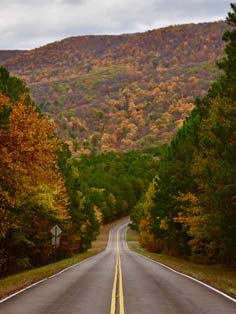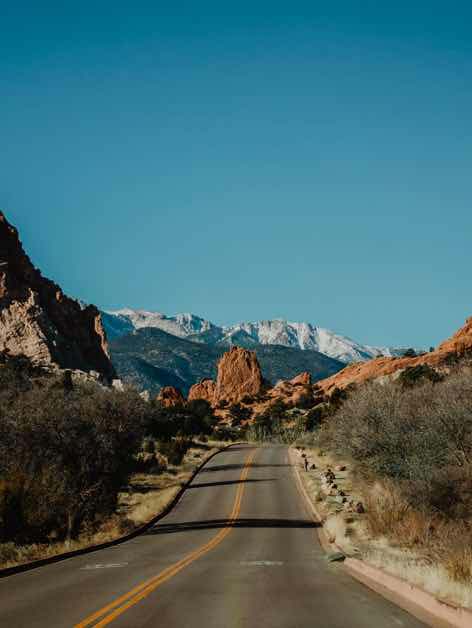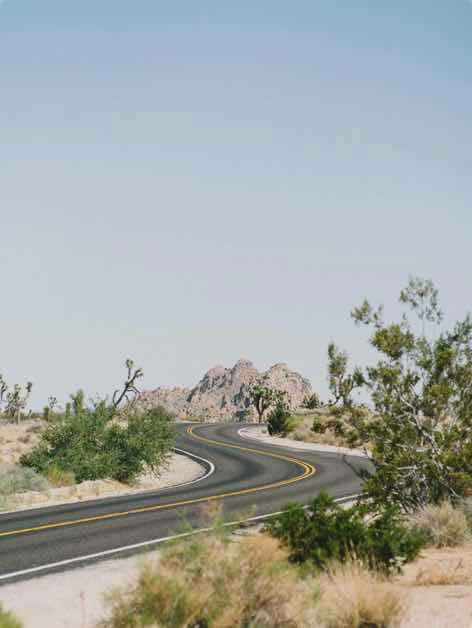loading
loading
loading
Hirz Mountain Lookout Campground
Campground in , CA
The McCloud River Wintu tribe held Hirz Mountain in reverence and had a name for it in their own language. But it was a white miner, Henry Hirz, who gave the mountain
its modern name. Hirz was a gold miner who lived on Hirz Creek in the 1860s and was one of the earliest white men in the McCloud River country.When the lookout was built, it was originally a structure that sat on the ground. The mountain was a strategic location for detecting fires because it had a
direct view into the headwaters of the McCloud River and most of its tributaries. In 1937, the Forest Service and the Civilian Conservation Corps (CCC) rebuilt the Hirz Mountain
Lookout cabin and included a garage and outhouse. It was one of the last CCC-era lookouts to be built. In 1949, a steel tower was added, constructed of a steel K-brace
tower that stands 20 feet above ground level.Coming here is not for the faint of heart. The access road is rocky and steep with limited visibility - high clearance vehicles are recommended - and the last
quarter-mile must be traversed on foot. Those who make the journey are rewarded with unforgettable views of the landscape by day and the stars at night.
The McCloud River Wintu tribe held Hirz Mountain in reverence and had a name for it in their own language. But it was a white miner, Henry Hirz, who gave the mountain
its modern name. Hirz was a gold miner who lived on Hirz Creek in the 1860s and was one of the earliest white men in the McCloud River country.When the lookout was built, it was originally a structure that sat on the ground. The mountain was a strategic location for detecting fires because it had a
direct view into the headwaters of the McCloud River and most of its tributaries. In 1937, the Forest Service and the Civilian Conservation Corps (CCC) rebuilt the Hirz Mountain
Lookout cabin and included a garage and outhouse. It was one of the last CCC-era lookouts to be built. In 1949, a steel tower was added, constructed of a steel K-brace
tower that stands 20 feet above ground level.Coming here is not for the faint of heart. The access road is rocky and steep with limited visibility - high clearance vehicles are recommended - and the last
quarter-mile must be traversed on foot. Those who make the journey are rewarded with unforgettable views of the landscape by day and the stars at night.
Booking for this campground is not enabled yet
For information regarding reservations and more information, contact this campground directly.
Get there in a sweet RV
Discover the best of what’s around
Highlights
Historic & cultural site
Camping
Hiking
Wildlife viewing
Hunting
Biking
Location
Gilman Road CA 96051
40.9136111° N, 122.2625° W








/-122.2625,40.9136111,10,0/576x360?access_token=pk.eyJ1Ijoib3V0ZG9vcnN5IiwiYSI6ImNqdndtZzBhbDRlZzE0M29qdXJ0aXRrOHMifQ.toN1mcopGp7Yn5DH_YZRzA&logo=false&attribution=false)



